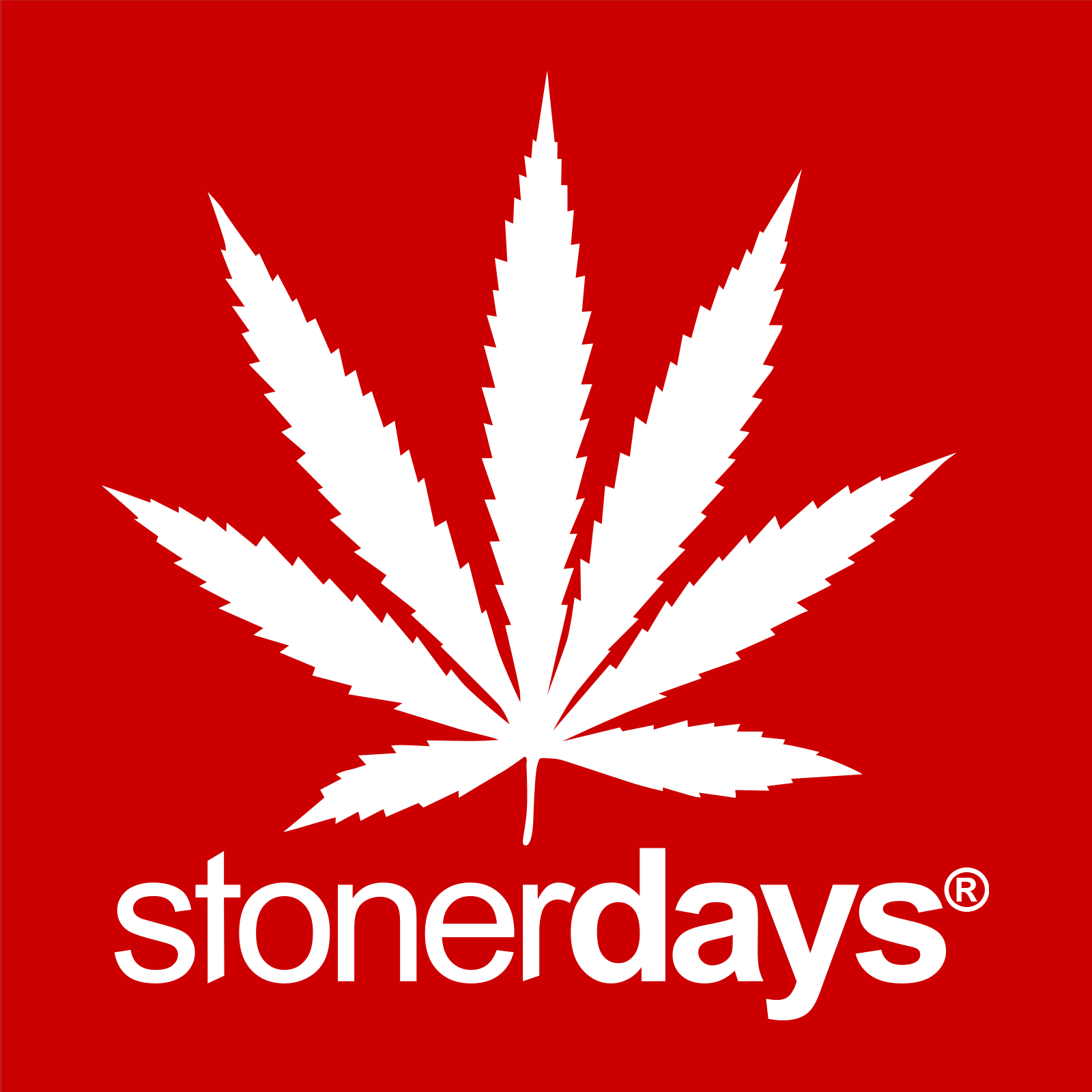From Headshops to High-End: How THCA Flower Is Elevating the Cannabis Aesthetic
Cannabis has always had its own aesthetic. From blacklight posters to boutique grinders, the visual identity of weed culture has been just as defining as the strains themselves. But something’s changed.
We’ve entered the era of design-forward cannabis—and THCA flower is leading that shift. Long gone are the days when a zip in a plastic baggie passed the vibe check. Today’s smokers want more: more refinement, more transparency, and more intention behind the experience. They want their flower to feel premium, and they want that to be obvious—at first glance, first whiff, and first inhale.
That’s why many boutique dispensaries now source wholesale THCA flower to cater to a more discerning, design-forward crowd. This isn’t about selling quantity. It’s about curating quality that resonates with an audience fluent in both terpenes and typography.
THCA Is Having a Moment—and It’s Not by Accident
If you’re still thinking of THCA as just “that raw version of THC,” it’s time to recalibrate. THCA (tetrahydrocannabinolic acid) is unheated, non-psychoactive, and currently legal in many states under the 2018 Farm Bill—as long as it’s derived from hemp. But beyond the legal nuance, THCA flower is creating a new category: it delivers the classic look and smell of cannabis without the immediate psychoactive hit.
For consumers chasing a clean, functional high—or those who prefer to control decarboxylation on their own—THCA offers flexibility. More importantly, it lets brands lean into elevated product storytelling. A jar of frosty THCA buds photographed next to a matcha latte and a linen robe? That’s not a dispensary shelf. That’s a lifestyle shoot.
The Product Looks Like It Belongs in a Skincare Routine
Visually, THCA flower is stunning. High trichome density, intricate bud structures, and saturated color palettes make it one of the most photogenic forms of cannabis available. It’s no wonder brands like Premium Cultivars are building entire product lines around wholesale THCA flower. Not just for smoke sessions, but for shelf appeal and aesthetic integration.

Packaging has followed suit. We’re seeing child-resistant glass jars, biodegradable labels, and minimalist branding inspired more by apothecaries and skincare than your typical weed jar. For a demographic that shops Whole Foods and listens to wellness podcasts, the traditional cannabis aesthetic doesn’t cut it anymore. THCA is hitting because it looks intentional—and that visual trust builds brand equity fast.
It’s Not Just About the Flower—It’s About Who It’s For
Let’s be real: this isn’t for the wake-and-bake crowd. The new THCA market is populated by creatives, wellness-minded professionals, and people who see cannabis less as a party tool and more as a supplement to their daily rituals. They care about cannabinoids, sure. But they also care about how the product fits on their desk, in their bag, or in their brand-new glass stash box.
Retailers are adapting fast. They’re curating their shelves to feel more like high-end perfume counters than headshops. And when you offer a product like THCA flower—one that performs, looks good, and offers a nuanced experience—you’re not just selling a consumable. You’re offering alignment with a lifestyle that’s already in motion.
The Culture Isn’t Shifting—It’s Already Shifted
The idea that cannabis is counterculture is outdated. In 2025, it is culture. It’s in your favorite sitcom. It’s on billboards. It’s in the tote bags of people who run startups and design agencies. And those people want cannabis that feels aligned with the rest of their life.
That’s what makes THCA flower so strategically positioned. It’s discreetly potent, legally nimble, and visually stunning. Whether it’s paired with adaptogens or turned into resin art on Instagram, THCA is the cannabinoid that fits this moment. And it’s doing more than getting people high—it’s changing how we think about the role of cannabis in everyday life.
Final Hit
THCA flower isn’t a fad. It’s the natural evolution of a market that no longer tolerates low-effort branding or product inconsistency. It’s what happens when cannabis graduates from subculture to mainstream—and demands an aesthetic that reflects that upgrade.
So if you’re in the business of selling weed and still putting your top-shelf strains in foil bags with graffiti fonts, you’re not just missing the moment—you’re erasing your own relevance. The modern smoker expects more. THCA delivers. And the brands embracing this shift? They’re not just elevating the cannabis aesthetic. They’re defining it.


